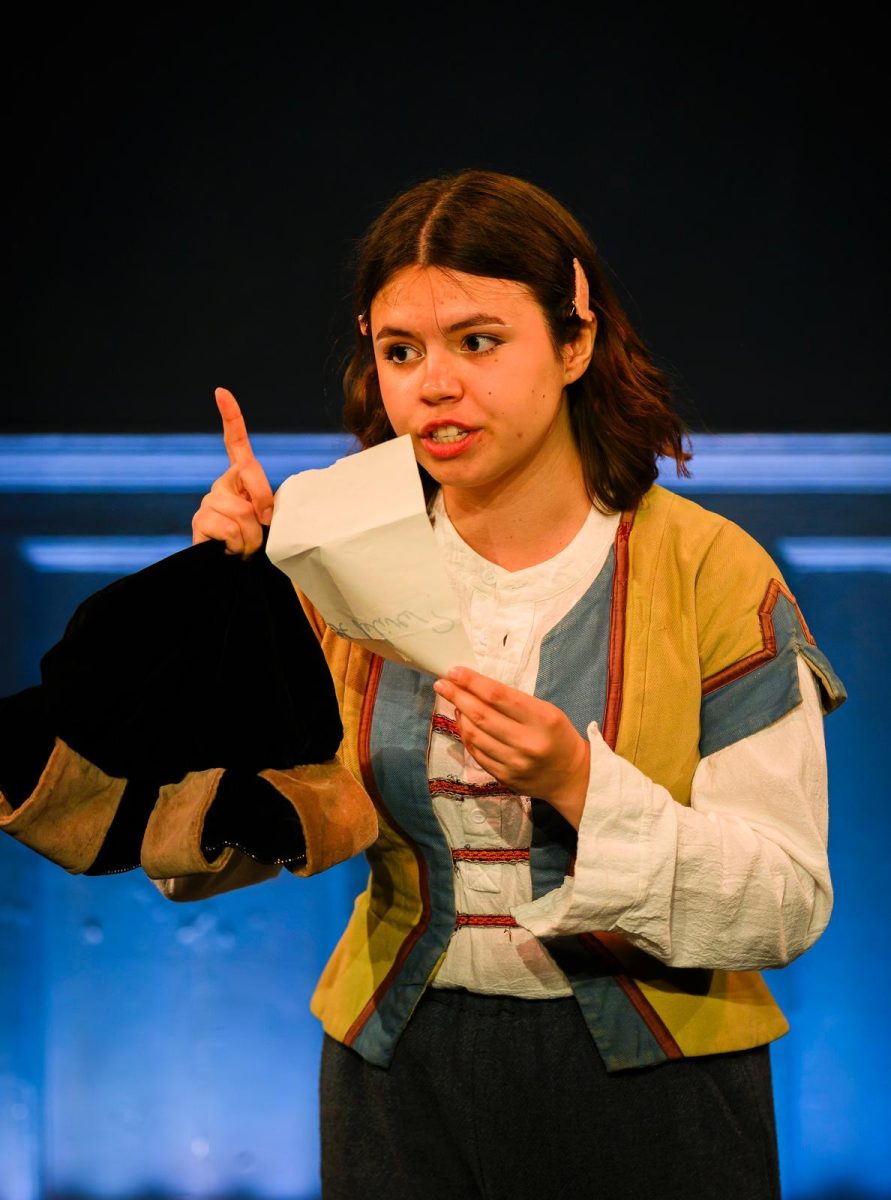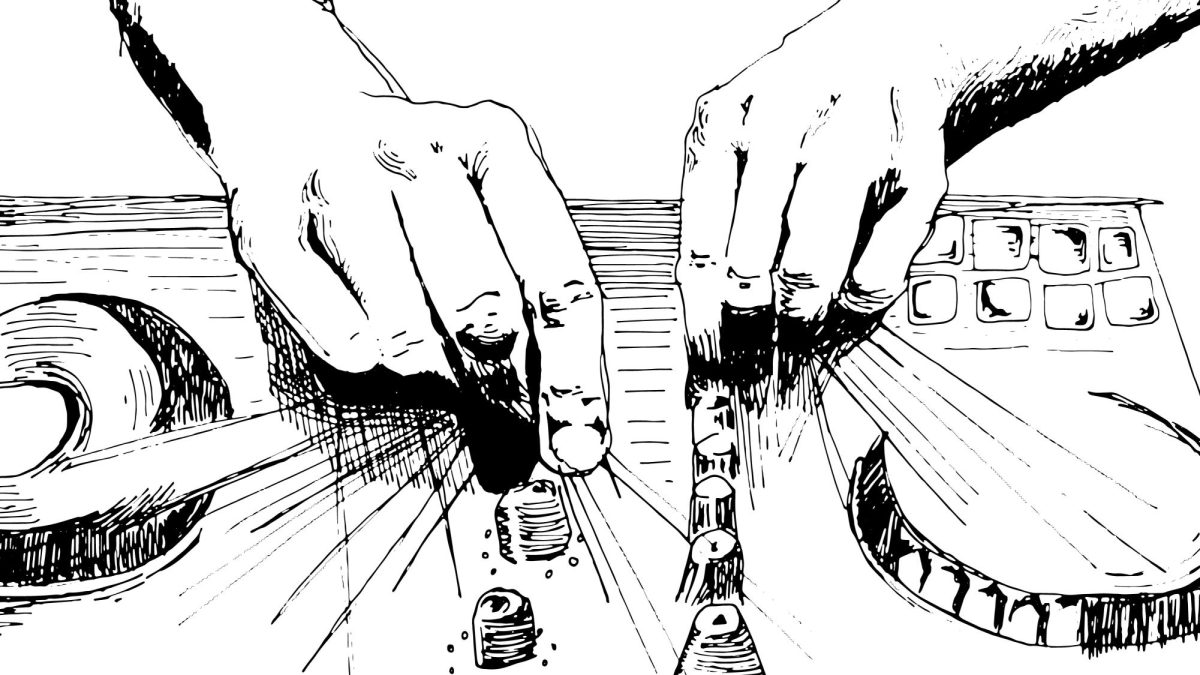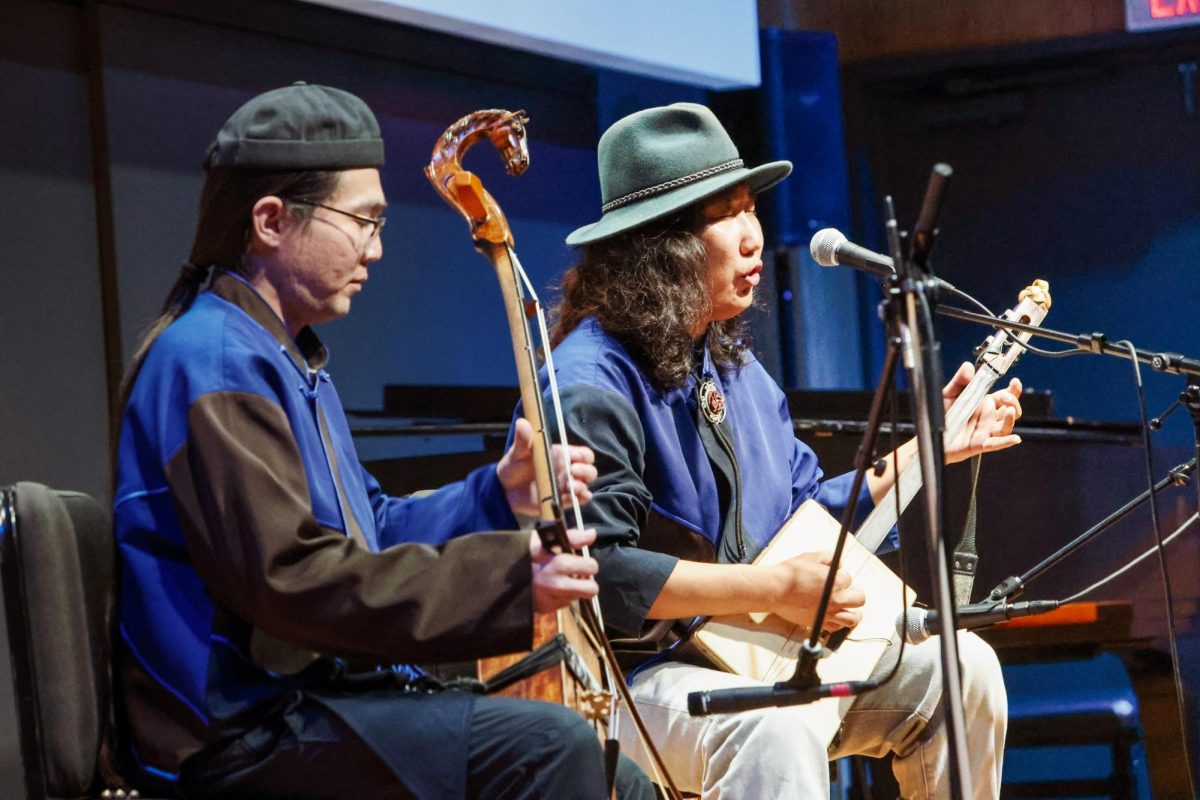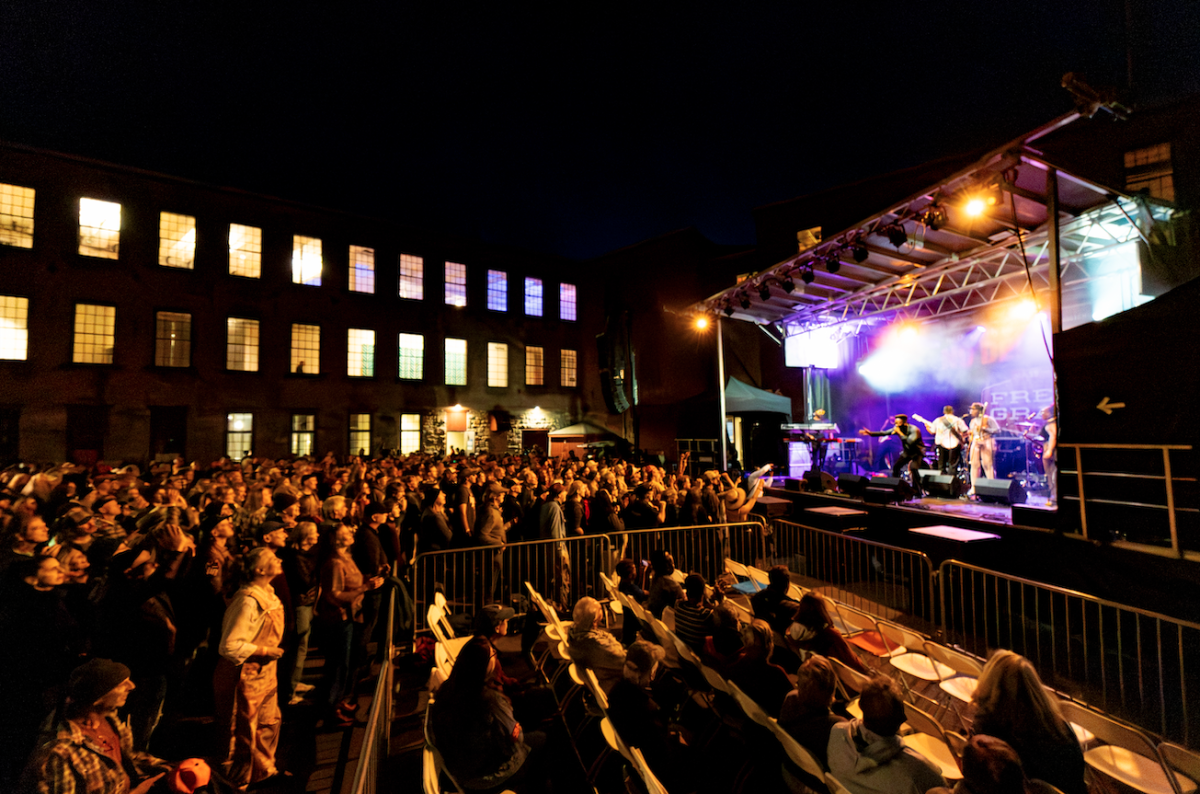
Walking toward Currier Quad on a warm day, one might see children climbing on the statuesque eyes embedded in the hill around the walkway, or possibly someone sitting on one of the eyes as they read. These moments of interaction between humanity and artwork are simple yet significant; they touch on the unique and multi-dimensional relationship between an artwork and its audience.
A current Williams College Museum of Art (WMCA) exhibition, “In the Public Eye,” curated by graduate student Elyse Mack, aims to examine this audience-artwork relationship. Mack looked at three works of present and past public art at the College: Alice Aycock’s “The Williams College Project,” David Hammons’ “Rock Fan” and Louise Bourgeois’ “Eyes.” Starting with The Williams College Project in 1974, WCMA has publicized these projects, promoting discussion of outdoor artwork on campus. In the Public Eye explores the life and vitality of these projects as they existed, or still exist, at the College.
In starting the curation of this exhibition, Elyse was primarily drawn to The Williams College Project. The work stood as a small mound of dirt with a cinder-block interior, accompanied by posters that discuss permanence and mortality in relation to the complex locality of the College. There is a line in Aycock’s writing that reads, “The false Williams College Project lies nearby, it is a mound of ramped earth used by facilities.” The work stood by a hill that would later become the Williams Inn, and it pointed the audience to this landscape so as to consider the significance of the specific place that the College occupies.
This distinct commentary on the relationships between humanity, architecture and landscape stood for nine years until it was accidently destroyed by the College facilities. This paradoxical moment speaks to Aycock’s powerful observation of the dynamic between the College community and the physical environment — this moment of destruction connects thematically to the exhibition’s investigation of the public community’s relationship with outdoor artwork.
In exploring both the positive and negative interactions between the College ‘audience’ and public works, Elyse also focused on David Hammons’ project, “Rock Fan.” His museum exhibition focused on music and blackness in the 20th-century and included a public installation in the center of campus on Chapin lawn as a statement against the white hegemony in Williamstown. It stood as a giant boulder covered in unplugged electric fans, hence the title Rock Fan. The work was controversial and not well appreciated by much of its audience, receiving harsh criticism from students. The exhibition includes a video of students questioning Hammons on his interpretation of race relations, a symbolic moment of interaction between an audience and a work.
The distinct hatred toward this work is striking. Many students viewed Rock Fan as an ugly addition to the campus, and some reacted aggressively with acts such as urinating on the artwork. Amidst the prevailing protest of Rock Fan, a student created a small version of the piece in the form of a stone with a small fan made out of the New York Times obituaries page. This piece can be viewed in the exhibition, and in an interview between the student and Elyse, the student shared that her piece is dedicated to her recently passed grandfather. Aside from the angry reaction it provoked, Hammons’ artwork gave rise to remarkable creation by its audience. Hammons referred to his work as “a new thing born into the world,” and Elyse shared this as an representation of the show’s purpose in displaying the “lives of objects.”
The only outdoor artwork that remains on campus today is Louise Bourgeois’ “Eyes,” located on the hill in front of WCMA. Bourgeois worked with a landscape architect in order to create the bronze and granite benches that interact with the environment in their unique position overlooking the Berkshires.
Bourgeois gifted the museum two plaster models of the eyes that are now in the exhibition, and Elyse highlighted that these exemplify the whimsy of Bourgeois’ ideas. To Bourgeois, eyes are linked to truth — the oversized nature of the sculptures draws attention to the primacy of vision in art. As we can physically interact with the Eyes, this work directly speaks to an aspect of public participation in artwork. In the exhibition, there are two pieces of stationery from the opening celebrations. One includes a beautifully embossed eye, and the other a simple yet alluring line sketch of her vision.
The campus has evolved much since these projects began in 1974, but the works are able to access more permanence in this exhibition. Though the projects are rich and complex individually, the exhibition also provokes questions on the imperative role of audience in giving value to artwork. Interested in continuing to expand the audience of these works, Elyse will be giving public walking tours on April 25 and May 2. Elyse said the tour will further the goal of the exhibition, and hopes it will present the captivating history of public art in Williamstown to a new audience.








